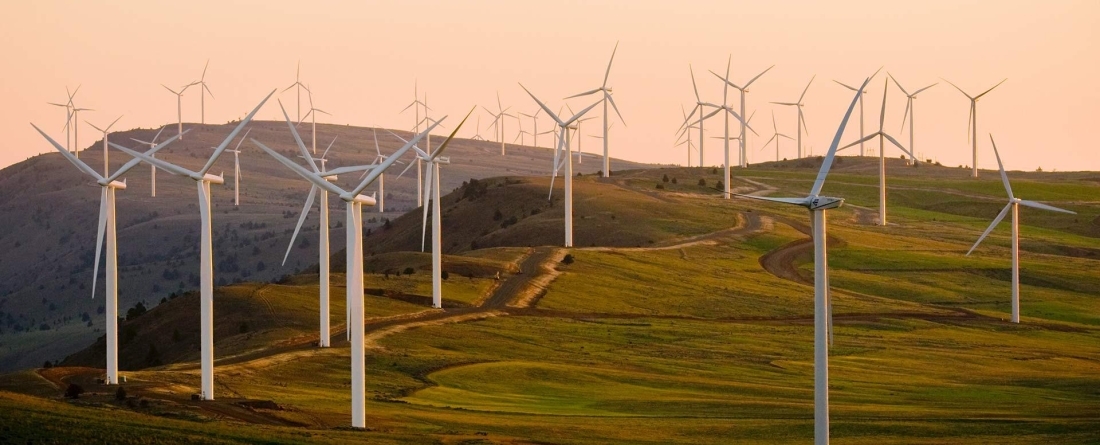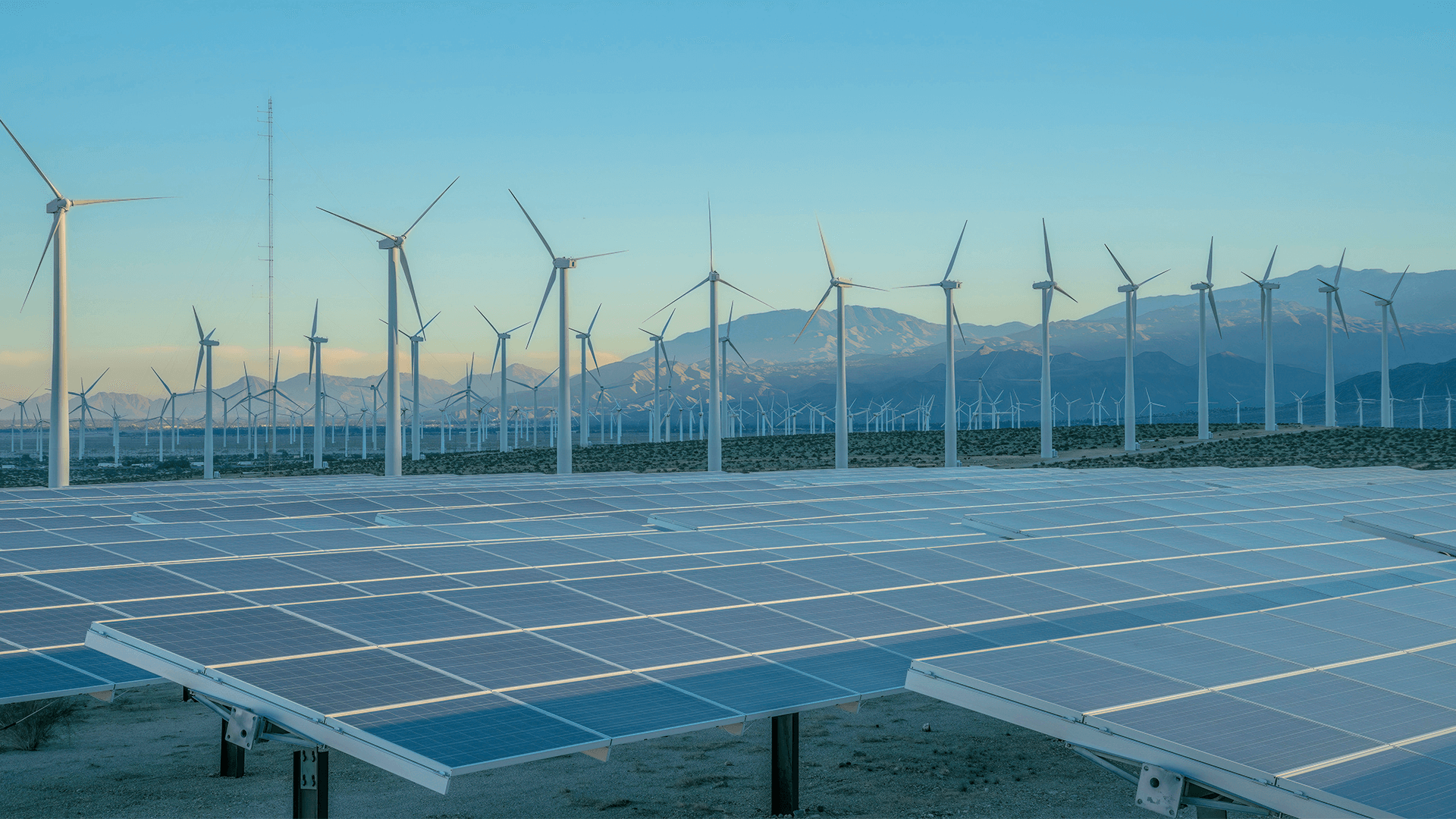
Photo by American Public Power Association/Unsplash
Analysis Unveiled at COP27 Calls for More Zero-emissions Vehicles, Closing Coal Power Plants, Mandating Clean Energy Use
Bottom-up action from states, cities and businesses, combined with ongoing federal leadership, can enable the United States to meet its 2030 climate target of 50-52% emissions reductions from 2005 levels, according to an in-depth analysis released today by University of Maryland researchers and a sweeping coalition of leaders who support climate action.
The report from the Center for Global Sustainability (CGS) and “America Is All In” coalition was presented by its co-chair, Michael R. Bloomberg, the United Nations secretary general’s special envoy, at the UN Climate Change Conference, or COP27, in Sharm El-Sheikh, Egypt. The paper’s analysis and writing were led by CGS with support from the World Resources Institute, clean energy nonprofit RMI and partners at the coalition, which includes leaders from thousands of U.S. cities, states, tribal nations, businesses, schools, and faith, health and cultural institutions.
While the Inflation Reduction Act of 2022 makes important climate strides toward the U.S. goal, “getting the rest of the way there will require ambitious, creative and feasible actions from states, cities and businesses, with support from the federal government,” said Alicia Zhao, CGS research manager and lead author of the report. “A highlight of this report is that we provide a platform of key sectoral policies from actors at all levels that are necessary to get us across that finish line.”
The report found that implementing all current policies at federal and non-federal levels would bring the United States to a 39% reduction in greenhouse gas emissions from 2005 levels by 2030. To close the gap and achieve the U.S. climate target, the “Beyond 50” scenario presented in the report recommends:
- Adopting zero-emission vehicle sales targets and mandates;
- Accelerating the retirement of all existing coal plants;
- Implementing state-of-the-art fugitive methane leak recovery along with climate-smart agricultural practices;
- Setting "buy clean" standards for industrial facilities to increase production efficiency and encourage use of clean fuels and carbon capture and storage.
The majority of U.S. emissions reductions must occur from the power sector (30%), transportation sector (9%) and methane sector (4%); achieving these goals requires increased ambition from cities, states, businesses and other actors, the report said.
“Our report demonstrates how this target can be achieved through feasible policies achieved through an all-of-society strategy that combines the transformational steps embedded in recent federal legislation with federal regulatory actions and expanded actions and leadership from states, cities, businesses, and others,” said Policy Professor Nathan Hultman, CGS director and co-author of the report. “Such actions will deliver huge benefits domestically and do our part to help keep the global goal of (constraining the average temperature increase to) 1.5 degrees Celsius within reach.”
Released just as Americans head to the polls to vote, the “Beyond 50 Scenario” shows that recent actions have placed the United States on a strong path toward its 2030 goal—built from a diverse set of major contributions including the Inflation Reduction Act, the Infrastructure Investment and Jobs Act and other policies from states, cities, businesses and the federal government. But this work must continue through the 2020s to achieve the country’s 2030 climate targets.
The report also shows that regardless of election outcomes, America’s climate goals remain feasible and within reach.
“The state and local leaders elected today across the country must leverage the clean energy investments in the Inflation Reduction Act to rapidly cut climate pollution, help families and businesses reduce energy costs, and build an economy that’s more sustainable and just,” said Jay Inslee, governor of the state of Washington and co-chair of America Is All In.



